
August 2025 marked substantial naval tensions in the Pacific, characterized by increased military encounters between the United States and the Russia-China partnership.
One notable incident involved the USS Higgins near Scarborough Shoal, highlighting a series of maritime confrontations that underscore a new era of intense competition in the region.
Pacific Powder Keg
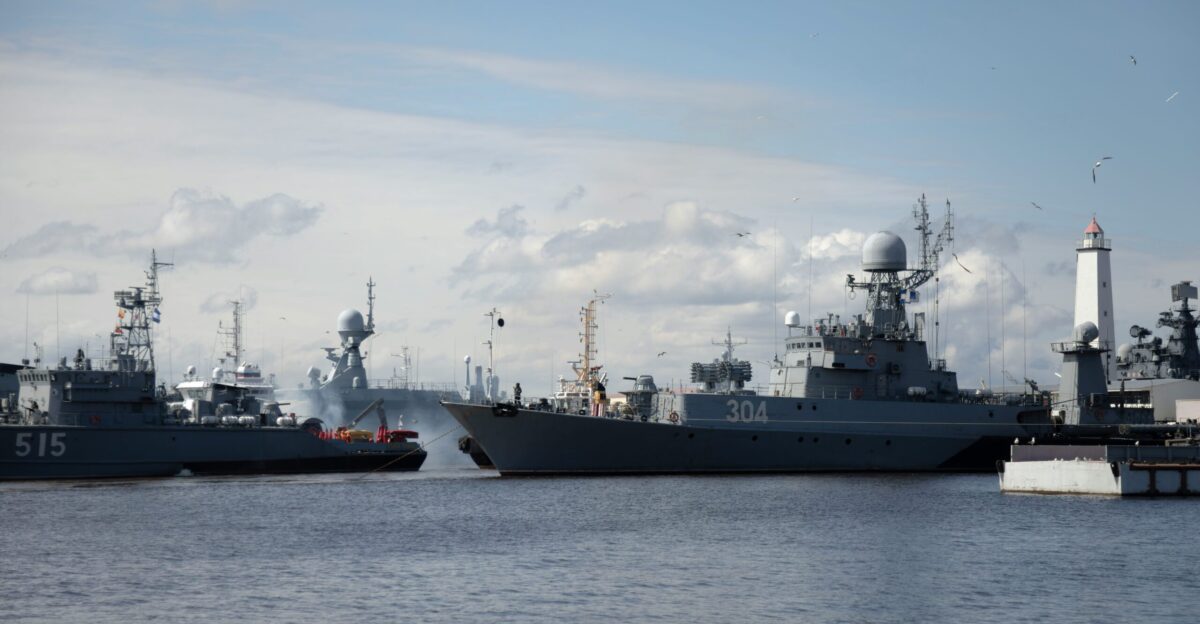
Defense experts report that China and Russia conducted over 15 joint naval operations in 2025, up from just 4 in 2021.
These patrols, involving numerous warships from both nations, have raised significant regional security concerns as they bring them closer to U.S. allies.
Historical Context
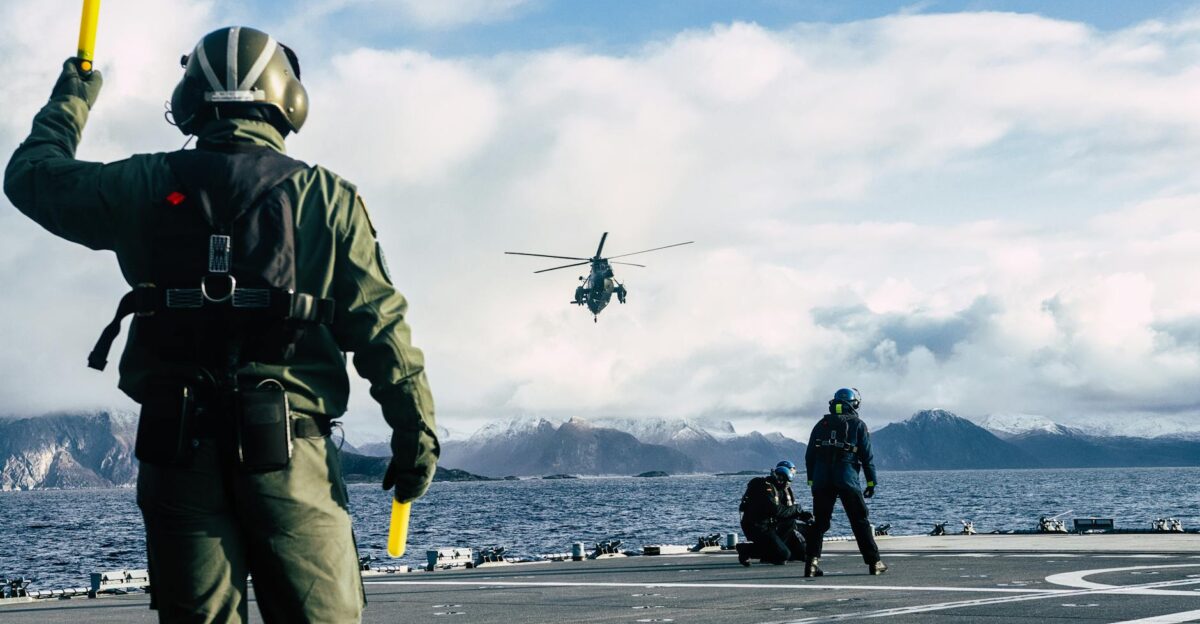
Naval cooperation between China and Russia commenced in 2012, initially involving straightforward exercises in the Yellow Sea. Over the years, these collaborations have progressed into more complex multi-domain operations that extend from the Arctic region to Southeast Asia.
This evolution poses a challenge to the long-standing dominance of the American Navy.
Escalating Pressure
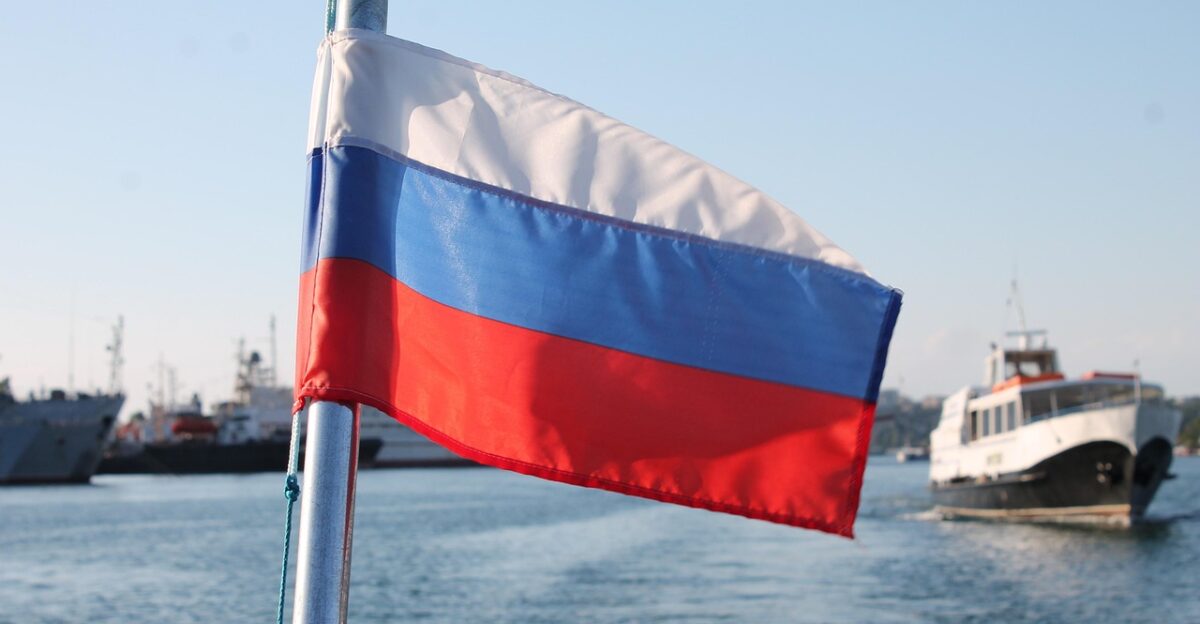
Joint patrols between Moscow and Beijing have surged since 2021, with annual operations featuring submarine warfare, air defense, and live-fire exercises.
Each successive operation is becoming more complex and covering larger distances in international waters.
The Shadowing Game
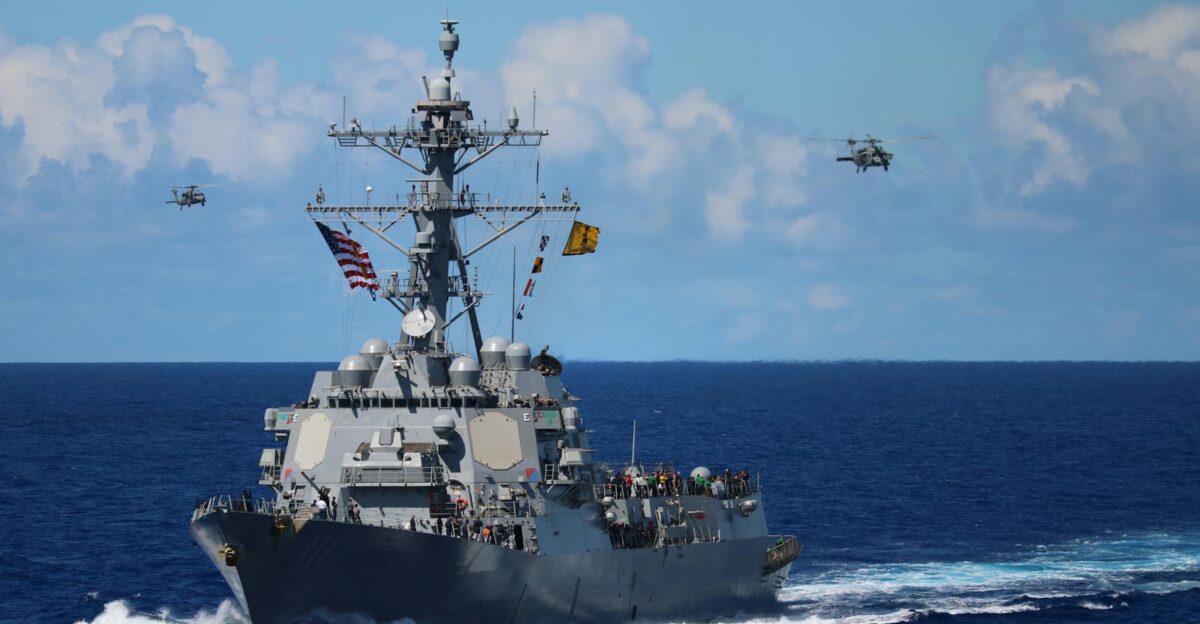
On August 28, video footage showed a U.S. destroyer actively monitoring a joint naval fleet from Russia and China during their patrol in the Pacific Ocean.
This incident highlights the ongoing U.S. efforts to observe foreign naval activities in international waters, underscoring the regularity of such surveillance missions.
Regional Flashpoints
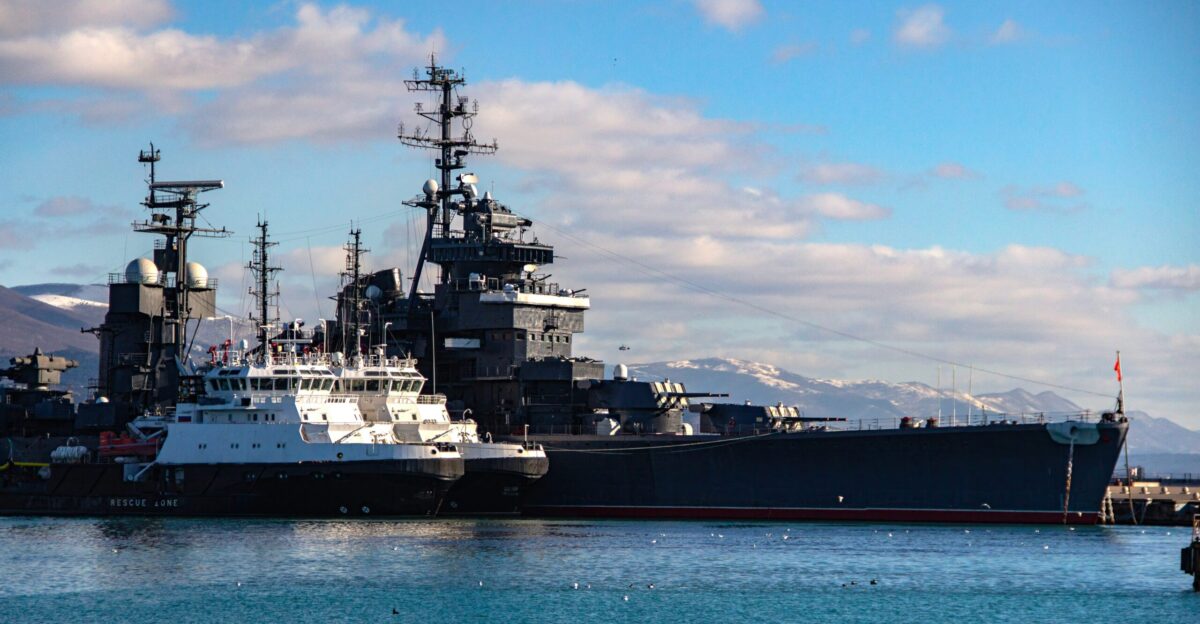
Monitoring activities span from Alaska’s Aleutian Islands to the South China Sea.
In 2023, four U.S. destroyers tracked 11 Russian and Chinese ships near Alaska, while the USS Higgins sparked diplomatic protests by approaching Scarborough Shoal.
Military Voices
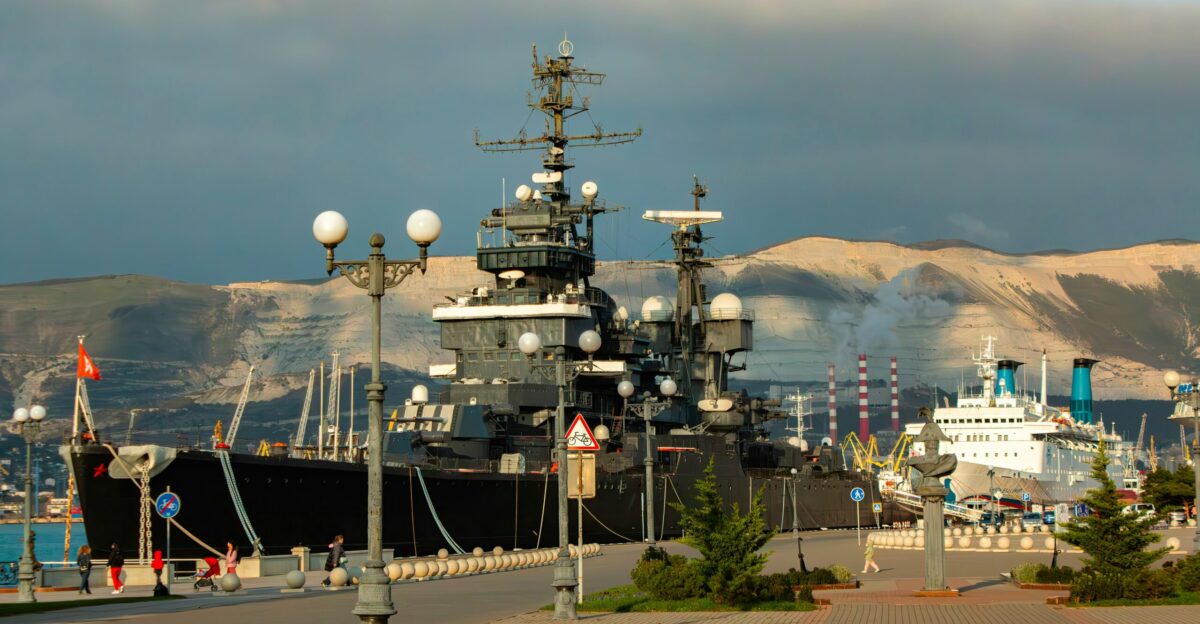
Retired Navy Captain Brent Sadler of the Heritage Foundation noted that the combined Russian and Chinese naval forces operating near Alaska are the largest seen to date.
Admiral John Aquilino has highlighted the strengthening cooperation between these nations, calling it a significant threat.
Alliance Responses
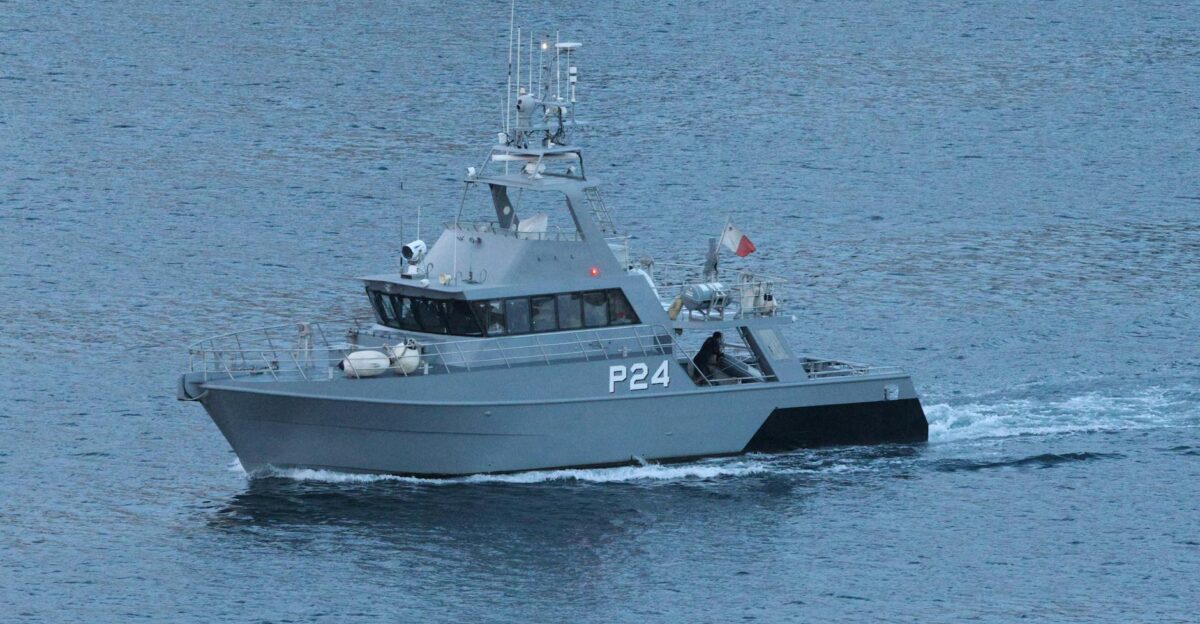
Japan has increased surveillance of Russian and Chinese spy ships near its coastline. In parallel, the U.S. Coast Guard collaborates with the North American Aerospace Defense Command (NORAD) to monitor foreign vessels approaching American waters.
Additionally, the Philippines has deployed its coast guard forces to support U.S. operations in the region.
Strategic Evolution
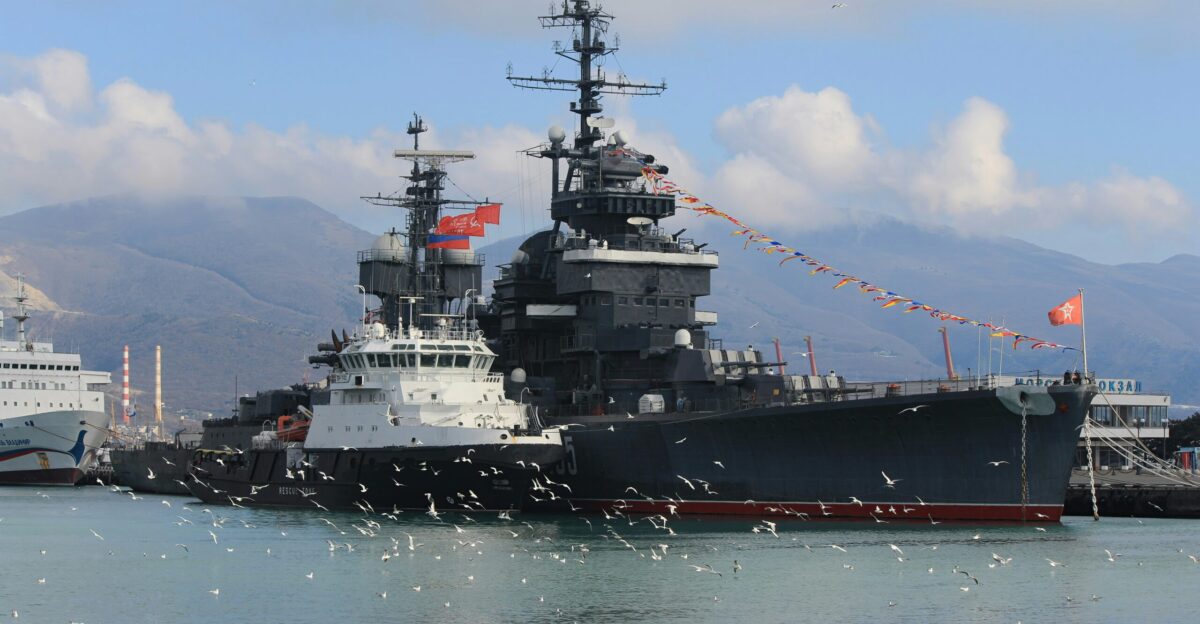
Military analysts identify a shift in Russia-China cooperation from arms sales to joint technology development and coordinated military operations.
This partnership reflects Cold War-era Soviet naval strategies, challenging Western maritime dominance through regular patrols.
Submarine Breakthrough

In August 2025, Russia and China carried out their inaugural joint submarine patrol, marking a significant milestone in military cooperation.
This operation saw Chinese submarines enter Russian waters for the first time, highlighting a new level of trust between the two nations concerning their most critical military assets, as confirmed by state media reports.
Pentagon Concerns
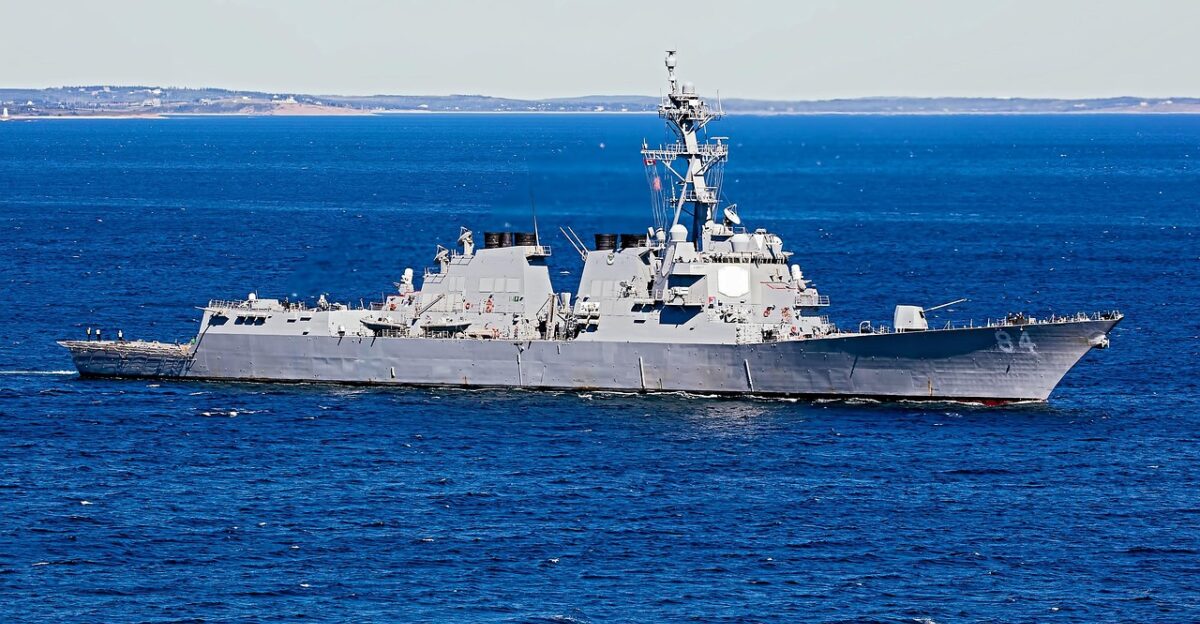
Defense officials express growing alarm over the deepening military partnership.
Admiral John Aquilino noted that their “exercises and operations have increased. I only see the cooperation getting stronger, and boy, that’s concerning.”
Command Adjustments
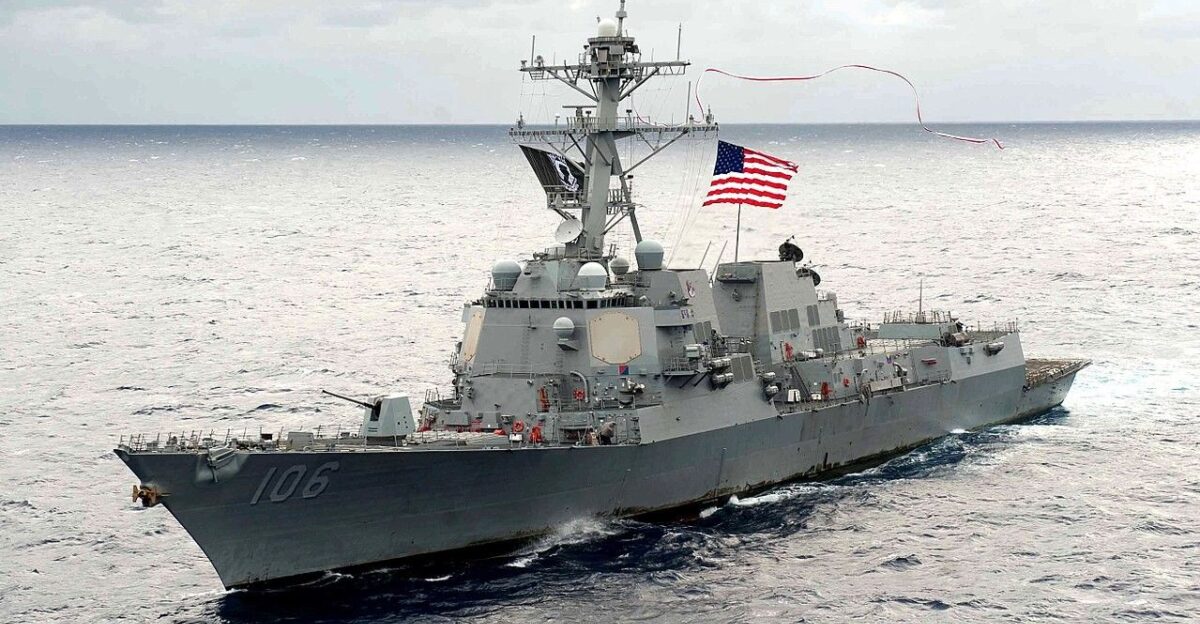
U.S. Northern Command and NORAD restructured operations to handle increased monitoring demands.
Air Force Master Sergeant Benjamin Wiseman confirmed that “air and maritime assets under our commands conducted operations to assure the defense of the United States and Canada.”
Freedom Navigation
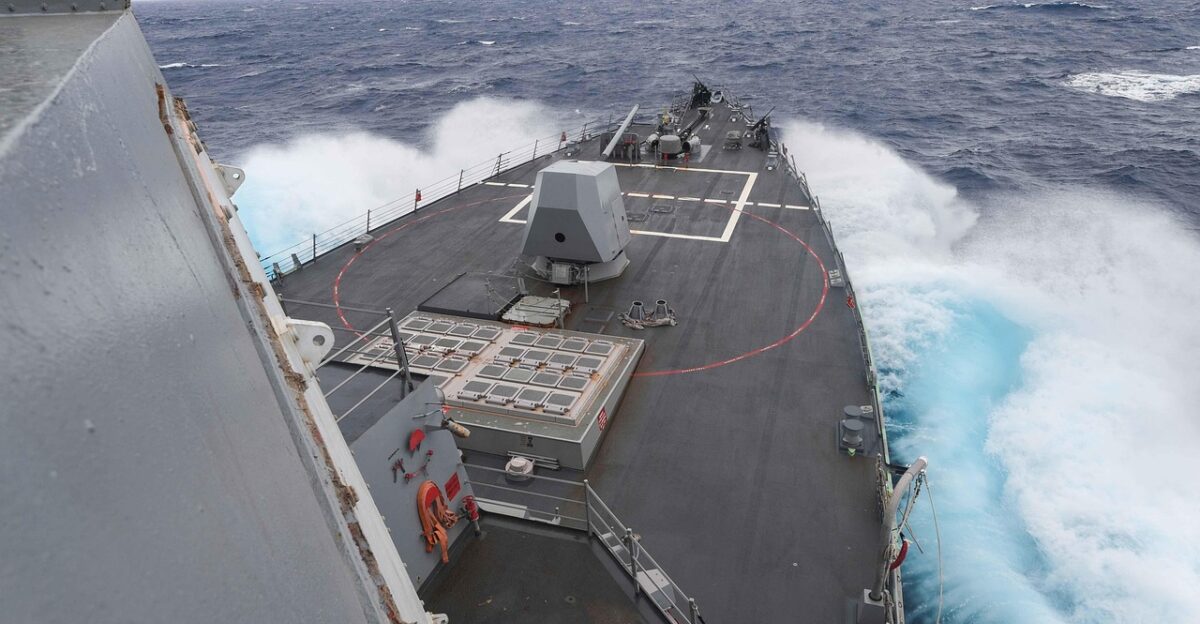
The Navy increased Freedom of Navigation Operations to challenge “unlawful restrictions” on maritime passage.
U.S. Navy statements defend “every nation’s right to fly, sail, and operate wherever international law allows.”
Expert Skepticism
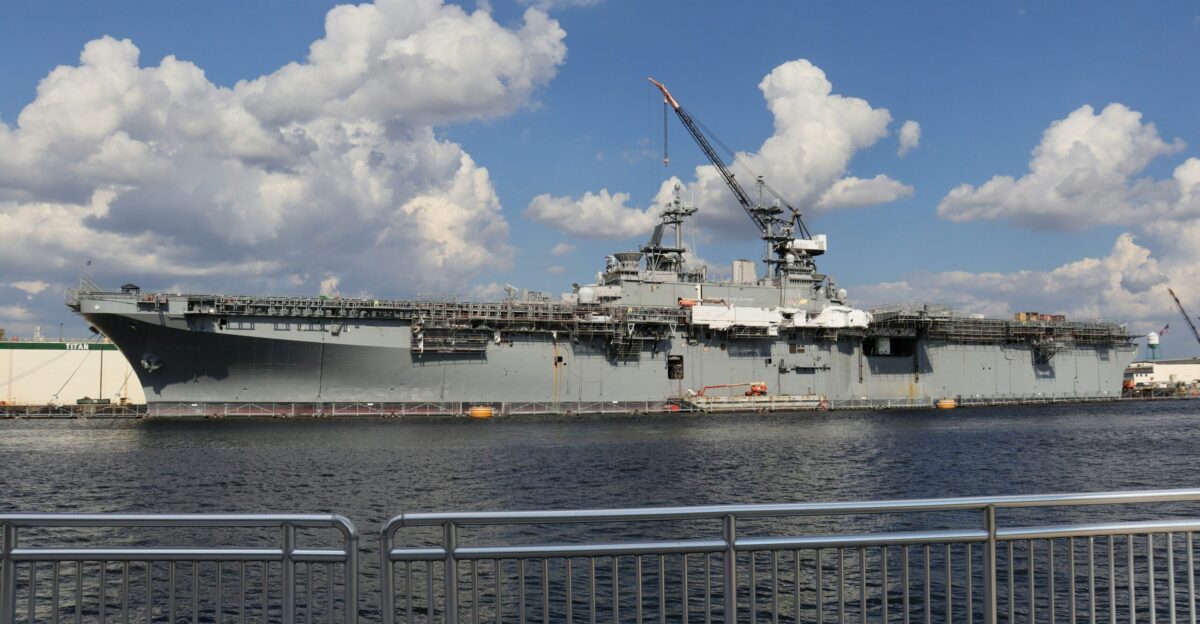
Military strategists are examining Russia’s and China’s ability to achieve true interoperability at the pace demanded by modern warfare.
Although both countries have conducted joint exercises, technological disparities and differences in military doctrine still hinder the integration of their weapons systems and communication methods.
Future Implications
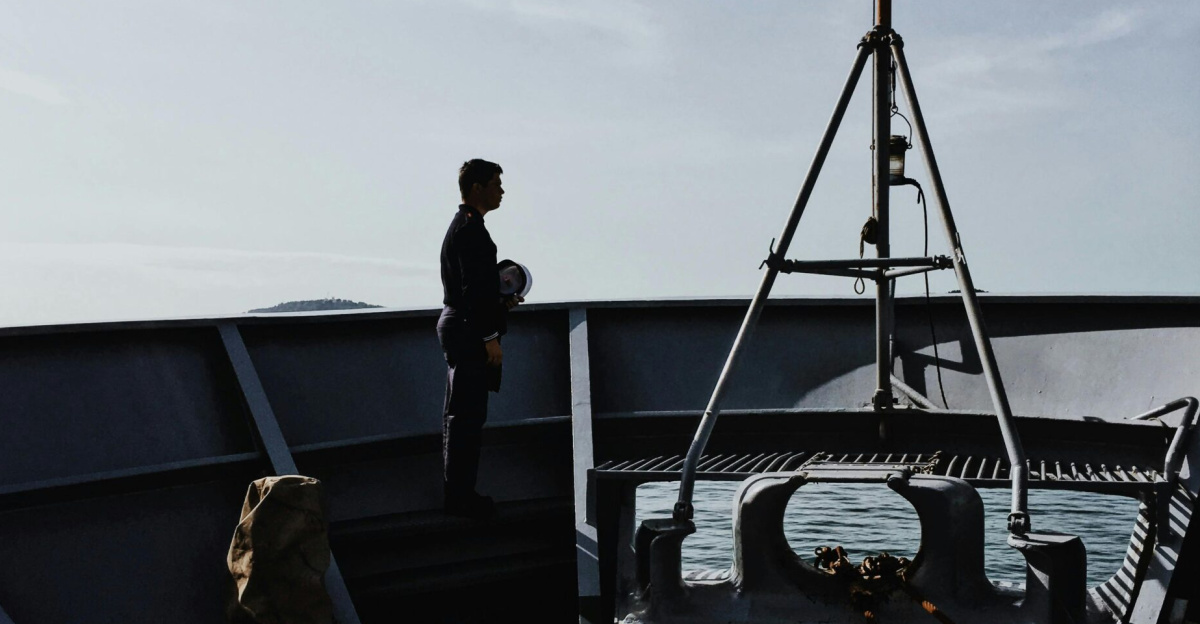
Whether these monitoring operations deter aggression or escalate tensions toward actual conflict remains to be seen.
Each encounter tests the boundaries of international law while both sides maintain they operate within legal frameworks.
Legal Battleground
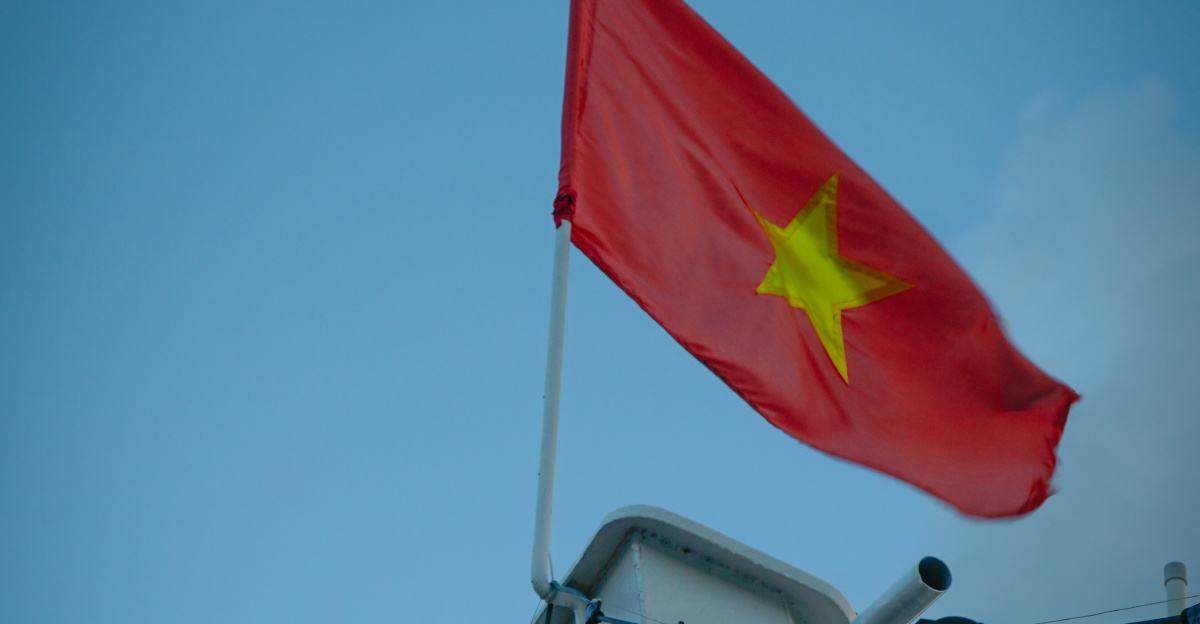
China released its first official critique of U.S. freedom of navigation operations in August 2025, calling them “gunboat diplomacy” lacking a legal basis.
Beijing argues that “international waters” don’t exist in contemporary maritime law, challenging fundamental American naval doctrine.
Global Ripples
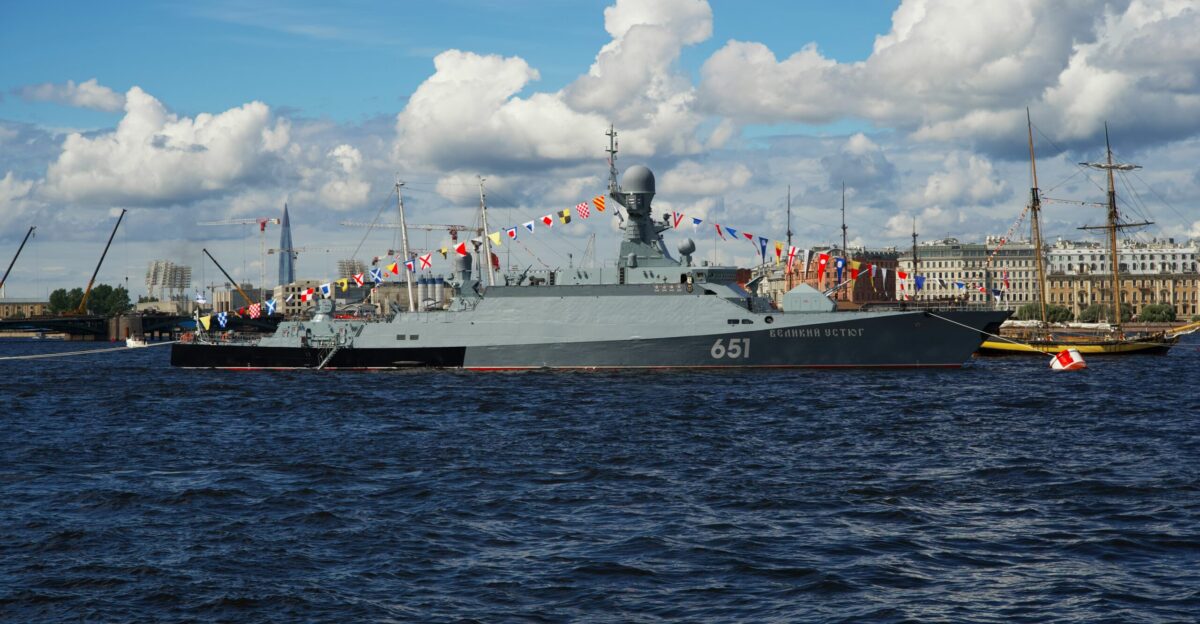
The rivalry extends beyond the Pacific. Joint Russia-China patrols reach the Baltic Sea and the Mediterranean.
NATO allies watch nervously as the partnership projects power into European waters, forcing Western nations to coordinate their defense responses.
Economic Stakes
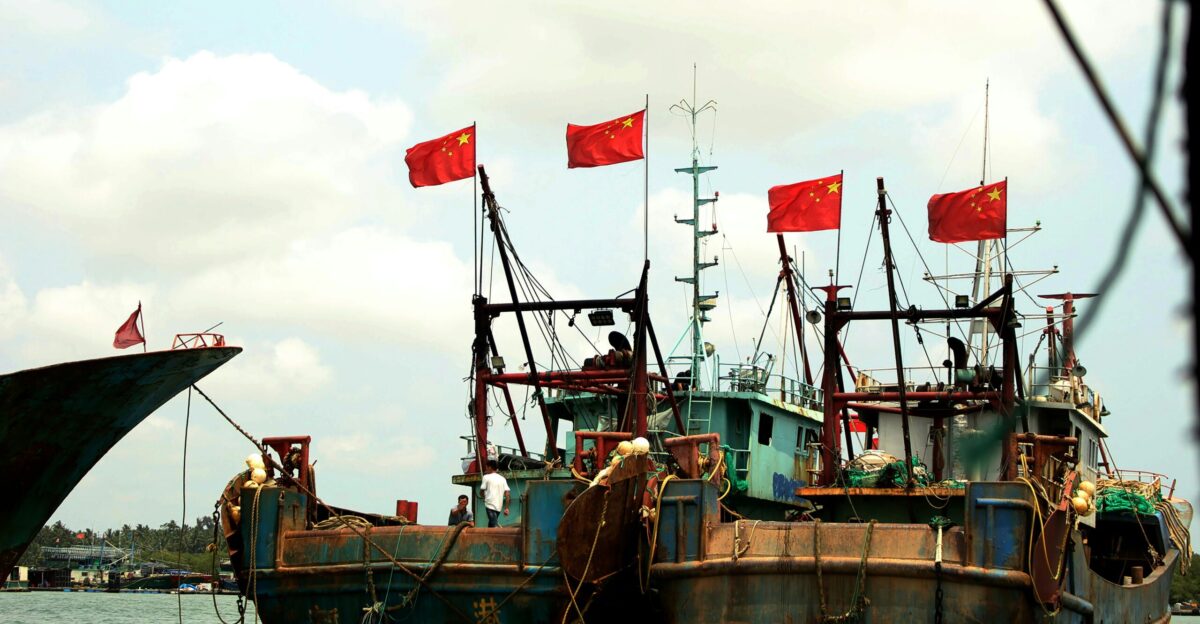
Commercial fisheries operate within miles of military confrontations, while $3.4 trillion in annual trade transits the South China Sea.
The standoff threatens vital shipping lanes that connect Asia’s manufacturing centers with global markets and supply chains.
Technology Race
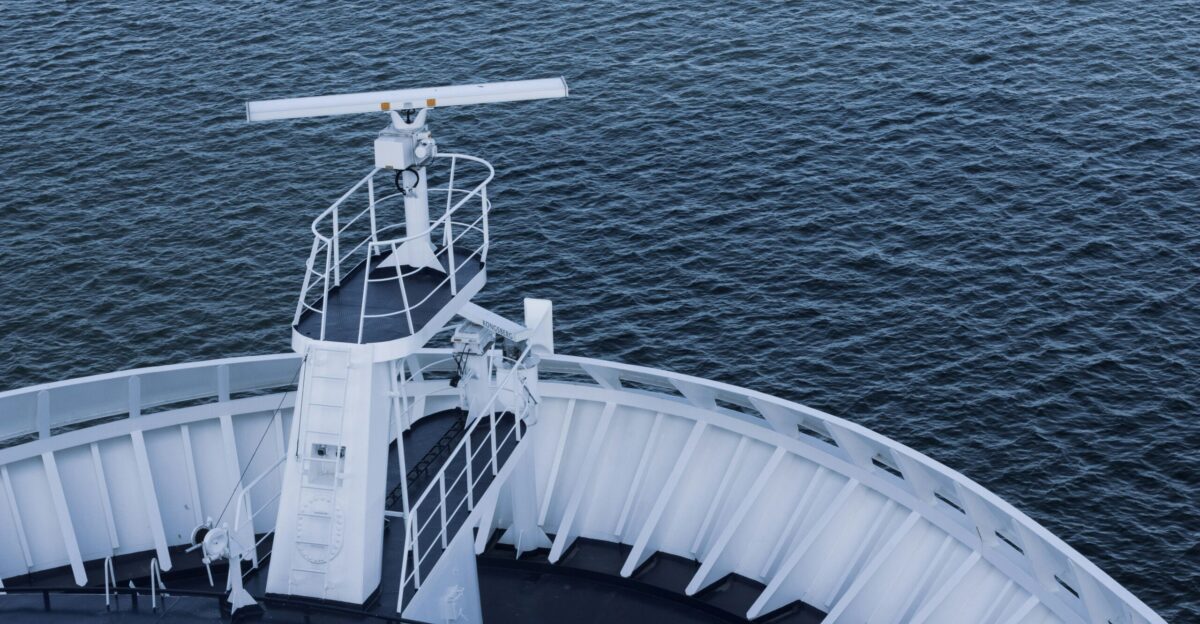
The monitoring operations showcase competing naval technologies, from advanced radar systems to autonomous underwater vehicles.
Each encounter provides intelligence on adversary capabilities while testing electronic warfare systems and new surveillance technologies between superpowers.
New Normal

These maritime chess matches represent the new reality of great power competition, where routine patrols carry the weight of geopolitical messaging.
As both sides strengthen their partnerships and technologies, the Pacific becomes an increasingly crowded theater.